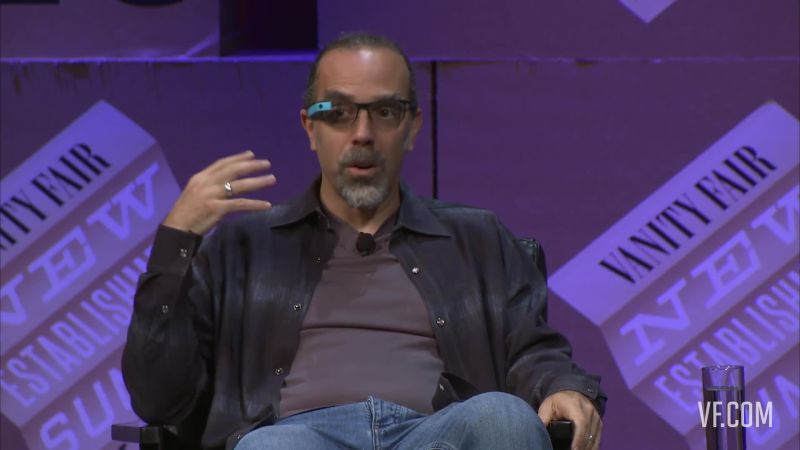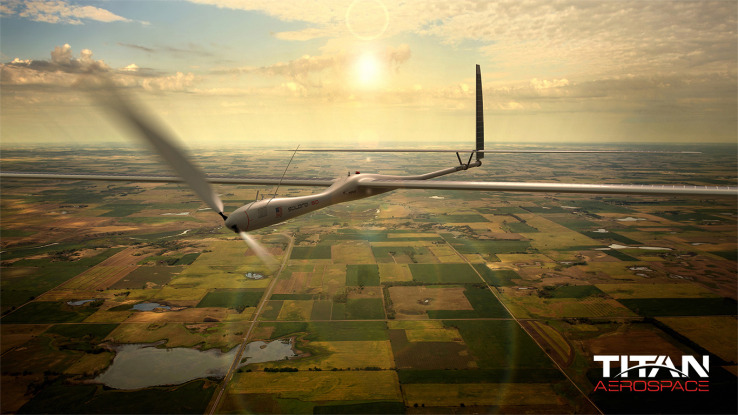
Established in 2010, Google X is directed by researcher and self-proclaimed “deep space expert,” Astro Teller. His own particular mythology is unique to the point that it has not exactly been subsumed into Google itself. His grandfather, Edward Teller, is generally viewed as the father of the nuclear bomb. In the wake of mastering in Symbolic and Heuristic Computation at Stanford, Teller went ahead to get a Ph.D. in software engineering with a focus in computerized reasoning, from Carnegie Mellon. His first name is a secondary school nickname that anticipated his part at Google, where he’s been empowering the organization’s most hypothetical personalities to shoot for the moon ever since.
Creating a legend for himself, much like his grandfather, Teller is the lead visionary at Google X and it is difficult to envision the part with someone else at the helm. Teller will deliver a keynote at “South by Southwest 2015” from the main stage, however, this is not his first and surely will not be his last. In 2013, Teller hosted a SXSW discussion on creating a ‘moon shot’ factory, which is his common method for portraying Google X.
Image Source: Vanity Fair – Astro Teller delivering speech at the New Establishment Summit.
Google X has numerous, numerous projects on the table. Its two most remarkable are the self-driven car, or as I like to call it the auto-pilot car, and Google Glass, the modern augmented reality visor that Google has been working on for a little over 2 years.
Here are some of the projects Google has been working on:
Image Source: Google+ – A Loon balloon is lifted into position for fill and launch as part of our signal testing in October 2014.
Let us start with Project Loon. The craziest thing about Project Loon is not the trick of making a system of internet-enabled balloons cruise at 60,000 feet, it is the fact that it is turning into a reality! The balloons are intended to fly twice as high as commercial air planes, however, in a perfect world they will float about in the stratosphere for over 100 days in one flight. Google is currently dealing with that last bit.
“Signals are transmitted from the balloons to specialized internet antennas mounted to the side of a home or workplace, or directly to LTE-enabled devices. Web traffic that travels through the balloon network is ultimately relayed to our local telecommunications partners’ ground stations, where it connects to pre-existing internet infrastructure. Loon is a huge undertaking, and we have made huge progress. Two years ago, we could barely keep the balloon up for three days, and it only served 3G.” -Sundar Pichai, Google.
Google’s internet balloons can now stay up for a period of six months, surpassing Google’s objective. As per a new report by The Verge, Google’s record is 187 days “up,” sufficient enough time for the balloons to make nine laps around the globe. After Google manufactures the foundation, it will welcome transporter accomplices to give LTE administration. Today’s variant of Project Loon has made some amazing progress and quick.
Image Source: Tech Crunch – A three dimensional graphic image of the aircraft.
Project Loon is not Google X’s only way to accomplish an ‘internet in the sky.’ A year ago, Google purchased drone producer Titan Aerospace, this started worrying Facebook. Both Silicon Valley titans are chipping away at the same problem: covering the globe with a high speed internet connection from above. What’s Facebook’s proposed method? Gigantic, unmanned flying machines fit for staying in the skies for quite a long time.
As per Pichai, Titan and Loon could work together in unison. He says that they are now contemplating how Wi-Fi and cell systems cooperate, and how to make that consistent.
Image Source: YouTube – A still of the drone, Google says that it would not be permitted to carry out the Project Wing tests in the US.
A low-budget, worldwide internet infrastructure is not the only airborne advancement; as we noted at the time, Google X revealed its plans for ‘Project Wing,’ a self-governing automaton conveyance framework, in a report published in The Atlantic, last August. It has, as of now, been two years and the project is really taking shape. A year ago, the dispatch system was being tried out in low population areas of Australia, where the little helicopter crossover whisked everything from dairy cattle immunizations, to emergency treatment packs toward their targets.
Project Wing may invoke images of Amazon’s ‘same-day’ delivery drones, but these are Google X style. One of the representatives from Google also stated that they think there are, “different alternate points of view or utilization cases for deliveries, whether in urban environment, country, or fiasco alleviation circumstances; it has an incredible measure of potential.”
Image Source: Google+ – The 30 kW energy kite prototype flies crosswind, it generates power as it flies in a circle. While the kite’s flight path is generally in the shape of a circle, the flight computer uses GPS and other sensors to perform thousands of calculations to determine the size of the circle, how high it is in the sky, and how it is positioned relative to the wind in order for the kite to generate the most power.
In the event that internet inflatables and automaton conveyed cat food were not sufficiently insane ideas, Google X additionally houses ‘Makani,’ a wind power organization by the same name that was acquired in 2013.
Makani openly posts updates on its development on Google+, and as per a November 2014 overhaul, its working diligently building up its kite-powered tech.
“If the on-board computer system is the brains of our energy kite, we’ve spent the last few months training our kites to get smarter. Through field testing, we can use real flight data that we gather ourselves to not only improve our models, but also to make our software more robust.
In addition to making the software smarter, we’ve put two extra flight computers on board our 600 kilowatt energy kite. Of course, redundant systems help keep the kite operating safely even when something unexpected happens. But also, we’ve designed the software to check which of the computers is the most fit to guide the kite along the flight path that maximizes the amount of energy it can generate.” –Makani, Google+
Google X is not all about balloons and insane internet planes. Truth be told, the division has a whole office devoted to a kind of science fiction way to deal with life sciences. Under this umbrella, Google’s profound enthusiasm for biotech can thrive in new bearings, all inside the interminable intricacies and information channels of the human body.
However, beyond biotechnology and rethinking vitality and networks starting from the sky, there is no telling what else Google X is cooking up that it is not exactly prepared to uncover.
SOURCES:









